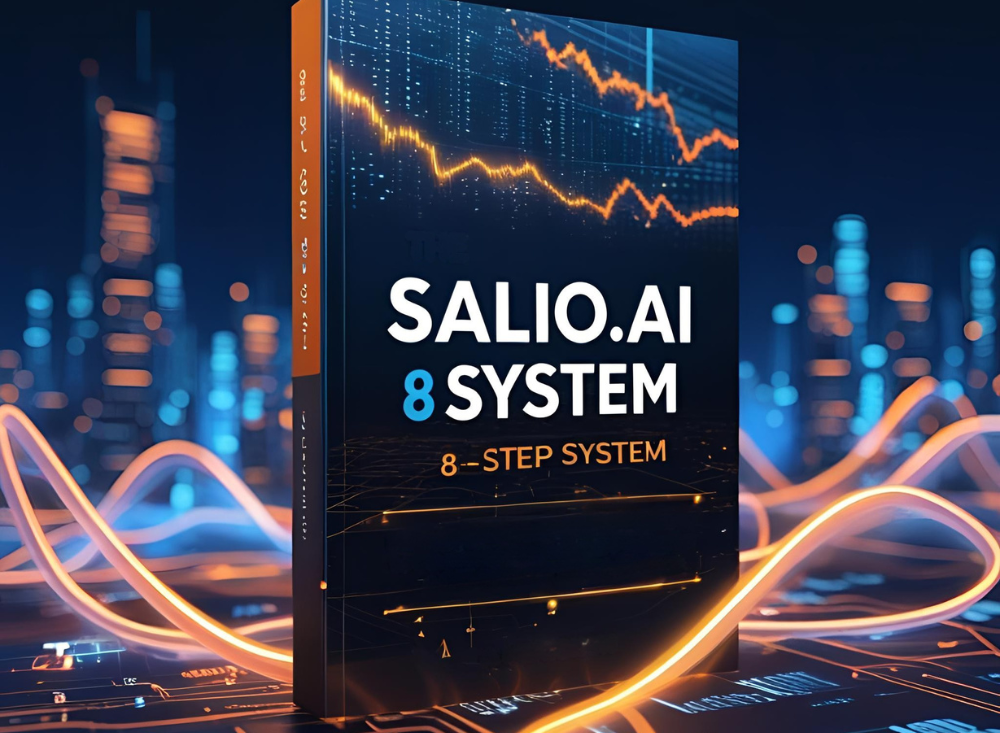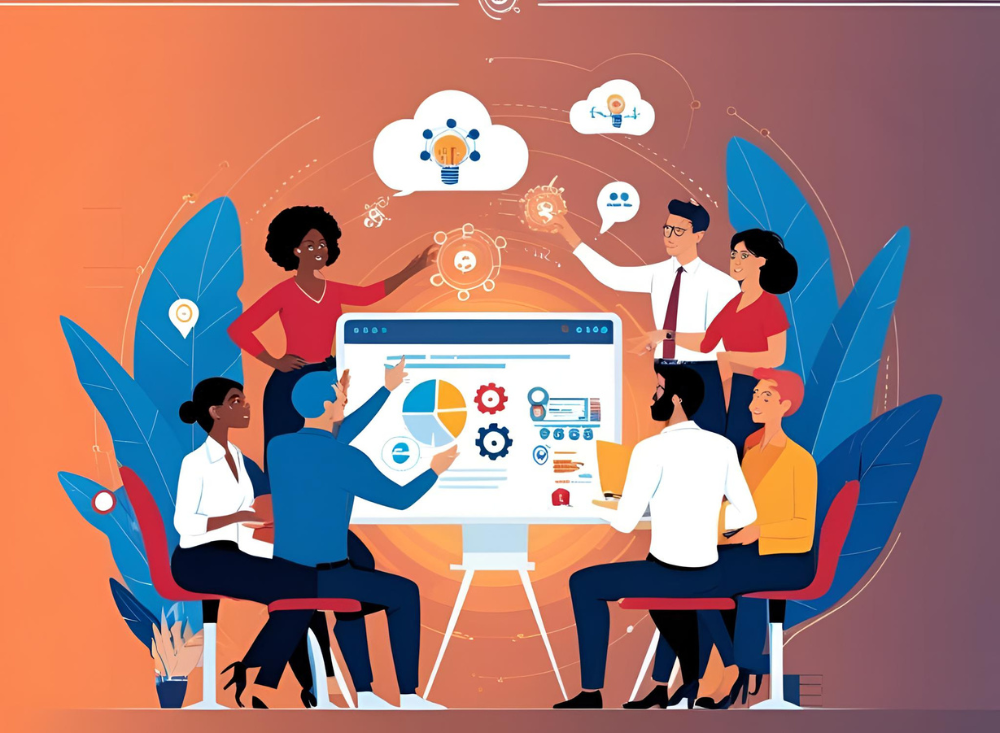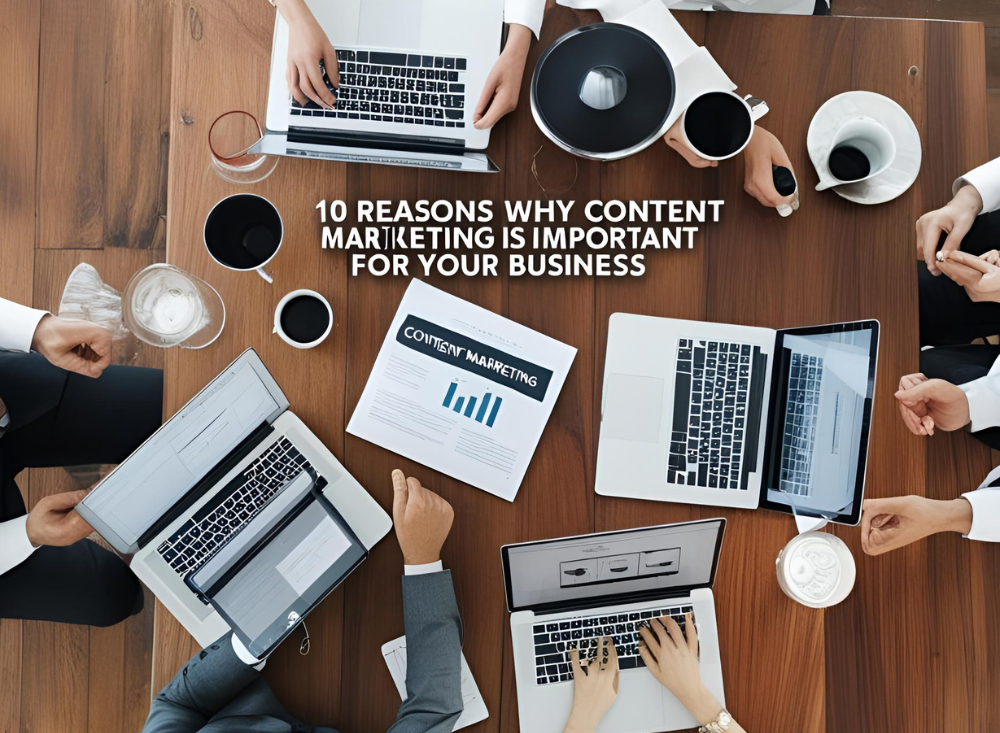
In the ever-evolving landscape of digital marketing, many businesses cling to the belief that Search Engine Optimization (SEO) is a siloed, technical discipline — a checklist of on-page tweaks and keyword placements. However, this narrow view is a recipe for stagnation. True, sustainable success in search rankings is no longer about simply optimizing for algorithms; it’s about building a comprehensive digital ecosystem that establishes authority, builds trust, and consistently outperforms the competition.
Drawing on decades of data and real-world application, the marketing intelligence platform Salio.ai has codified a revolutionary 8-step framework designed to achieve and maintain the coveted #1 rank on Google. This is not a collection of fleeting tricks but a holistic system that integrates technical precision, competitive strategy, superior content, and powerful branding into a single, cohesive engine for growth. Here is an in-depth exploration of this proven methodology that can transform your website from a digital bystander into an industry leader.
Step 1: Establish a Flawless Foundation with a Crawlable Website
Before any other strategy can take effect, your website must be perfectly legible to search engines. Think of your site as a library; if the front door is locked or the aisles are cluttered, no one can find the valuable books inside. Technical SEO ensures that search engine crawlers can easily access, index, and understand every page on your site. Hidden errors like broken links, slow load times, or duplicate content create confusion and can severely penalize your rankings.
The Action Plan:
Begin with a comprehensive technical audit. A powerful tool, such as the SEO Site Audit feature within the Salio.ai platform, is indispensable here. This goes beyond a simple check to perform a deep-dive analysis, identifying issues like:
- Broken Pages (404 Errors): These create dead ends for both users and crawlers.
- Site Speed and Core Web Vitals: Slow-loading pages lead to high bounce rates and are a negative ranking signal.
- Duplicate Content and Titles: This dilutes your authority and confuses search engines about which page to rank.
- Low Word Counts: Thin content often fails to provide sufficient value to rank for competitive terms.
The true power of a sophisticated audit lies in its prioritization. Instead of presenting a daunting list of a hundred minor issues, a platform like Salio.ai will categorize them by impact, telling you exactly which fixes — like resolving critical redirect chains or optimizing image sizes — will deliver the most significant and immediate boost to your traffic. This data-driven approach allows you to allocate resources efficiently and build a rock-solid foundation for all future SEO efforts.
Step 2: Systematically Deconstruct and Outmaneuver Your Competition
SEO is not a solo endeavor; it is a highly competitive arena. You are not simply optimizing for Google; you are directly competing against the other websites that occupy the top spots for your target keywords. To win, you must understand their playbook and build a better one. This requires a systematic process of reverse-engineering their success.
The Action Plan:
Utilize a competitive analysis tool to create a living dashboard of your digital rivals. The Salio.ai platform enables you to track their every move, providing invaluable intelligence on:
- Their Top-Performing Content: Which articles and pages are driving the most organic traffic?
- Their Backlink Profile: Who is endorsing them with links, and why?
- The Keyword Gap: What high-value keywords are they ranking for that you are completely missing?
By monitoring this data, you can identify patterns and opportunities. For instance, if you discover your top three competitors all have backlinks from a major industry publication’s “Annual Report,” it signals a clear link-building opportunity for you. If they all rank with “Ultimate Guide” style articles, it tells you the format that resonates with searchers for that topic. This isn’t about copying; it’s about strategic intelligence. It allows you to understand the standard of excellence in your niche and then create content and strategies that are demonstrably superior.
Step 3: Target Keywords with High Commercial Intent
All keywords are not created equal. Ranking for a term with high search volume might feel like a victory, but if it doesn’t lead to business, it’s a vanity metric. The secret to profitable SEO is identifying keywords that signal strong commercial intent — terms used by people who are ready to buy, not just browse.
The Action Plan:
The most effective strategy is to find keywords that have a unique combination of low SEO difficulty and high cost-per-click (CPC).
- Low SEO Difficulty: This metric estimates how hard it will be to crack the first page of Google. A low score indicates that the current top-ranking pages have lower authority, creating an opportunity for a new player to enter and win.
- High CPC: This advertising metric is a powerful proxy for commercial value. If businesses are willing to pay a premium for every click from a paid ad, it’s a strong indicator that the traffic from that keyword converts into customers and revenue.
For example, a keyword like “how to fix a leaky faucet” might have decent volume but a low CPC. A keyword like “emergency plumber service in [Your City]” will almost certainly have a much higher CPC. By using a tool like Salio.ai to find keywords that are both commercially valuable and relatively uncompetitive, you can focus your efforts where they will have the greatest impact on your bottom line.
Step 4: Champion Authentic, Human-Written Content
In the age of generative AI, it’s tempting to automate content creation. While AI is an extraordinary assistant, it cannot replace the core element that Google’s algorithm is increasingly designed to reward: genuine human experience. Google’s E-E-A-T guidelines (Experience, Expertise, Authoritativeness, and Trust) are central to its evaluation of content quality.
The Action Plan:
Reserve AI for supportive tasks like brainstorming ideas, generating outlines, refining tone, or translating content for global audiences. The core content — the articles, guides, and stories — must be crafted by human hands.
A landmark study conducted by Salio.ai’s research team analyzed 744 articles across 68 different websites. Half were written entirely by human experts, and the other half were generated by AI with human editing. The results were staggering: the human-written content generated five times more organic traffic from Google. AI struggles to replicate genuine first-hand experience (e.g., a review of a product you’ve actually used) or synthesize information into novel, insightful conclusions. It can only regurgitate what already exists. To build trust and authority, your content must offer a unique perspective and authentic value that only a human expert can provide.
Step 5: Execute a Precision Backlink Strategy
Backlinks remain one of the most powerful ranking factors, acting as third-party endorsements that signal your site’s authority to Google. The most efficient way to acquire high-quality backlinks is to identify websites that are already predisposed to linking to content in your niche.
The Action Plan:
Leverage a Backlink Opportunity tool, a key feature of the Salio.ai suite. By inputting your domain alongside several of your top competitors, the tool generates a targeted list of websites that link to two, three, or more of your rivals, but not to you.
These sites are your low-hanging fruit. They have already demonstrated an interest in your topic and a willingness to link to external resources. Your job is to create a piece of content that is objectively better than what your competitors offer — more detailed, more up-to-date, with better design and unique insights. Then, conduct personalized outreach. A simple, effective template could be:
This strategic, non-spammy approach dramatically increases your chances of securing powerful backlinks that will elevate your domain authority.
Step 6: Cultivate a Brand, Not Just a Website
Long-term SEO victory is not won by anonymous websites. It’s won by brands. A “branded search” — when a user types your company name directly into Google — is one of the strongest positive ranking signals you can send. It tells Google that you are not just a collection of keywords, but a recognized and trusted entity.
The Action Plan:
Adopt an omnichannel marketing strategy. Your content cannot live in a vacuum on your blog. It must be distributed across every channel where your target audience congregates.
- Social Media (LinkedIn, X, Instagram, TikTok): Build a community and drive engagement around your expertise.
- Email Marketing: Nurture your audience and keep your brand top-of-mind.
- YouTube and Podcasts: Establish a personal connection and showcase your authority through different media.
Research shows that the average customer interacts with a brand 11.1 times across various channels before making a purchase. Each of these interactions builds brand equity. As more people become familiar with your brand, they will start searching for you by name, creating a powerful feedback loop that lifts your SEO performance across the board.
Step 7: Revitalize Your Decaying Content Assets
Your old content is a goldmine of untapped potential. Over time, even the best articles suffer from “content decay” — information becomes outdated, statistics lose relevance, and competitors publish newer, better versions. Periodically refreshing this content can yield massive traffic gains with minimal effort.
The Action Plan:
Use Google Search Console to identify your “declining posts.” The platform allows you to compare traffic for a specific page over different time periods. Pinpoint the pages that have seen the most significant drop in traffic over the last year. These are your top candidates for a refresh. The process involves:
- Updating all statistics and sourcing new data.
- Adding new sections to cover recent developments in the topic.
- Improving readability with new images, videos, and better formatting.
- Internally linking to newer, relevant articles on your site.
By systematically breathing new life into your existing assets, you signal to Google that your content remains fresh, relevant, and valuable, often resulting in an immediate and substantial ranking boost.
Step 8: Master Your Site Architecture to Avoid SEO’s Biggest Pitfall
One of the most insidious and common SEO mistakes is keyword cannibalization, which occurs when multiple pages on your own website compete for the same keyword. This confuses search engines, dilutes your authority, and results in none of the pages ranking well. The solution lies in a meticulously planned site architecture.
The Action Plan:
Structure your content using the “Topic Cluster” or “Pillar and Spoke” model.
- Pillar Page: This is a long-form, authoritative guide on a broad core topic (e.g., “Content Marketing”).
- Cluster/Spoke Pages: These are more specific, detailed articles that explore sub-topics related to the pillar (e.g., “How to Write a Blog Post,” “Video Marketing for Beginners,” “Podcast SEO”).
- Strategic Internal Linking: Each cluster page links up to the main pillar page. This architecture clearly communicates to Google that you have deep expertise on the overarching topic and funnels link equity to your most important pages.
Think of your website as a definitive book on your industry. The pillar page is the table of contents, and the cluster pages are the individual chapters. This organized structure eliminates internal competition and establishes your site as the go-to resource, making it far easier for Google to grant you top rankings.
By implementing this comprehensive 8-step system from Salio.ai, you can move beyond the reactive, piecemeal tactics of traditional SEO and build a dominant, resilient, and profitable digital presence that stands the test of time.








